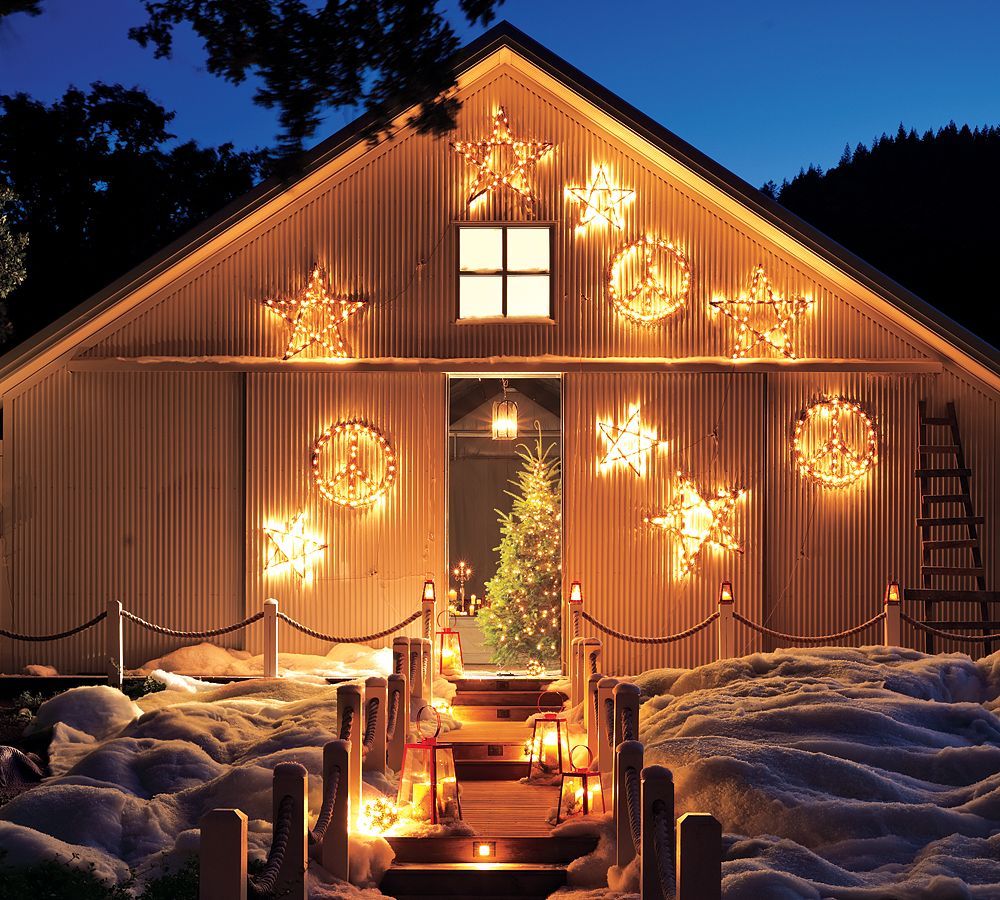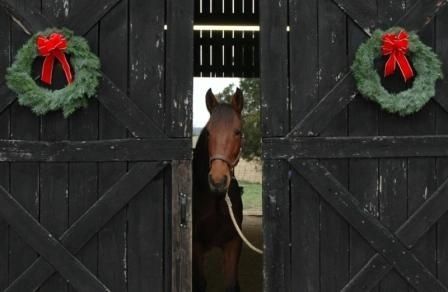Decorating the barn for Christmas can be fun and creative; since that is our home away from home, why not? Sharing the holiday spirit with your equine is always special, and while you’re at it, don’t forget the horse trailer needs decorations too! A few things to be aware of, and then have a blast with the decorations!

When hanging lights, be smart about it. Remember, the newer, and more expensive, LED lights don’t heat up. Do not string regular holiday lights, as the dust, hay, and wood in the barn will just act as kindling. And you don’t want to create a fire hazard! Be aware of extension cords, as well. These can heat up, cause a trip for horses or humans, and also become an excellent treat for pests and rodents to munch on. Overloaded circuits are a recipe for disaster.
Know that mistletoe and holly, while festive and lovely, are toxic to horses, dogs, and cats! If you crave that look, go for artificial versions of these holiday favorites. Poinsettias are mildly toxic as well.
Stay away from tinsel and garland. This is too tempting for the barn cats to “hunt” these, then run down the aisle being followed by a long string of holiday spirit. When eaten by a curious horse, it might lead to a blockage. You don’t want a sick horse or mule because of this!
It’s also a great idea to keep all decorations away from the reach of equines. If your barn uses Dutch doors or stall guards, keep decorations far away, or just supervise when your horse can look around.
Some excellent options for decorating barns include wreaths on the barn doors, outside lights, and even sleigh bells. Most barn dwellers like horses, cats, and barn dogs won’t fancy a bell as a snack.

And use artificial plants, to avoid poisoning your pets and you have the benefit of re-using them! Additionally, any artificial pine will be better as it won’t drip sap everywhere!
Something tells me, you got this…carry on, and Merry Christmas.
